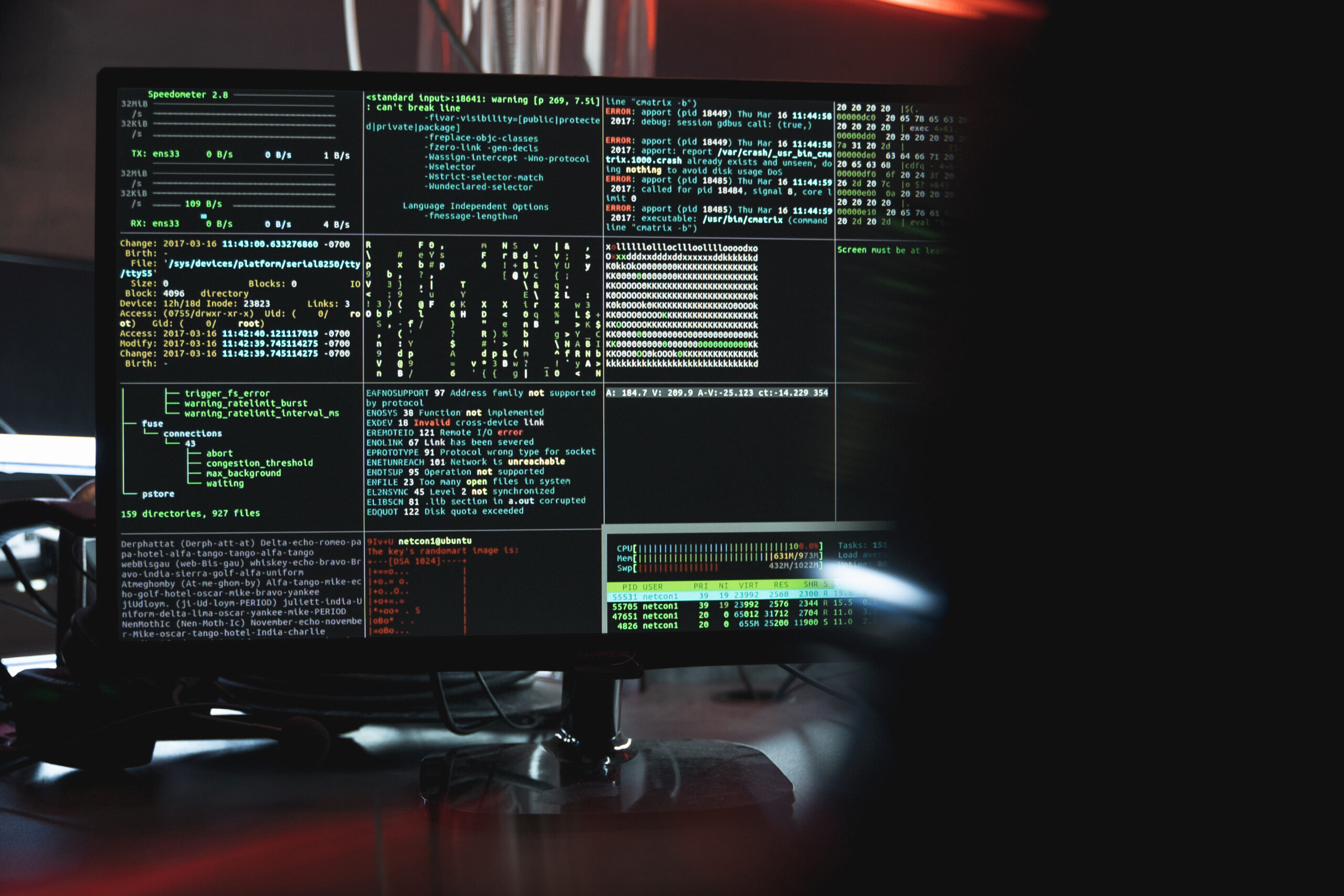
Introduction: The Role of Artificial Intelligence in Enhancing Cybersecurity Defense
In today’s digital landscape, where cyber threats are becoming increasingly sophisticated, the role of artificial intelligence (AI) in cybersecurity has become more important than ever. AI offers powerful capabilities that can enhance defense mechanisms against cyber threats for both businesses and individuals. By leveraging AI, organizations can detect and mitigate threats more effectively, improve incident response, and strengthen their overall cybersecurity posture. However, it is essential to understand both the benefits and limitations of AI in this domain.
Cybersecurity is a constant battle between attackers and defenders. Traditional cybersecurity measures often rely on known patterns, signatures, and rules to detect and prevent threats. However, cybercriminals are constantly evolving their tactics to bypass these defenses. This is where AI comes into play. AI has the ability to analyze vast amounts of data, recognize complex patterns, and make accurate predictions. By training AI models on historical data, they can learn to identify new and emerging threats that may not have been previously seen.
One example of AI enhancing cybersecurity defense is in the area of threat detection. AI-powered systems can analyze network traffic, user behavior, and system logs in real-time to identify anomalous activities that may indicate a potential cyber attack. By providing contextual details to the security incident response team, AI empowers them to respond effectively to threats. This proactive approach allows organizations to detect and respond to threats quickly, minimizing the impact of a potential breach.
Understanding Artificial Intelligence in Cybersecurity
Artificial intelligence, in the context of cybersecurity, refers to the use of intelligent algorithms and models that can analyze vast amounts of data, recognize complex patterns, and make accurate predictions. AI assists security professionals by recognizing intricate data patterns, providing actionable recommendations, and enabling autonomous threat mitigation. It addresses challenges in cybersecurity such as expansive attack surfaces, numerous attack vectors, and the scarcity of security professionals. Implementing an AI-based cybersecurity posture management system can provide enhanced intelligence across various cybersecurity domains, facilitating proactive defense against evolving threats.
AI in cybersecurity can be categorized into two main areas: supervised learning and unsupervised learning. Supervised learning involves training AI models on labeled data, where the model is provided with input and output pairs to learn from. This approach is useful for tasks such as malware classification, where the AI model can learn to differentiate between malicious and benign files based on their characteristics. Unsupervised learning, on the other hand, involves training AI models on unlabeled data, allowing the model to identify patterns and anomalies on its own. This approach is useful for tasks such as anomaly detection, where the AI model can identify abnormal behaviors or network traffic patterns that may indicate a cyber attack.
To illustrate the use of AI in cybersecurity, consider the example of a financial institution that processes millions of transactions every day. AI algorithms can analyze this vast amount of data in real-time to detect fraudulent activities. By identifying patterns and anomalies, AI can flag suspicious transactions for further investigation, allowing the institution to prevent financial losses and protect its customers’ assets.
Enhancing Defense Against Cyber Threats with AI
AI plays a crucial role in enhancing defense against cyber threats by offering intelligent agents that can detect vulnerabilities, identify irregularities, and recognize emerging types of malware. These agents continuously monitor network traffic, user behavior, and system logs to detect anomalous activities that may indicate a potential cyber attack. By providing contextual details to the security incident response team, AI empowers them to respond effectively to threats. AI also improves source code scanning accuracy, leading to fewer false positives and the discovery of security bugs before deployment. Additionally, AI contributes to faster incident response and supports decision-making by providing real-time insights into the nature and severity of threats.
Another area where AI enhances defense against cyber threats is in the field of malware detection. Traditional antivirus software relies on known signatures or patterns to identify malware. However, cybercriminals are constantly creating new strains of malware that can evade these signature-based detection methods. AI-based malware detection systems use machine learning algorithms to analyze the characteristics and behavior of files to determine if they are malicious or not. By learning from historical data, these algorithms can detect and classify new and emerging malware, providing organizations with better protection against evolving threats.
For example, consider a scenario where an employee receives a phishing email with a malicious attachment. Traditional security measures may not be able to detect the threat, as the malware is new and does not have a known signature. However, an AI-powered system can analyze the attachment’s characteristics and behavior, flagging it as a potential threat. This early detection allows the organization to take immediate action, preventing the malware from spreading and causing damage.
In conclusion, AI is revolutionizing the field of cybersecurity by enhancing defense mechanisms against cyber threats. By leveraging intelligent algorithms and models, organizations can detect vulnerabilities, identify irregularities, and respond effectively to emerging cyber attacks. From threat detection to malware classification, AI-powered systems provide proactive defense and improve incident response. However, it is important to understand the limitations of AI and ensure human oversight for optimal decision-making. With the ever-evolving threat landscape, staying informed about the latest advancements in AI-powered cybersecurity is crucial for individuals and businesses to stay protected.
Check out our video at: https://youtu.be/_ICxLUQa-AU
